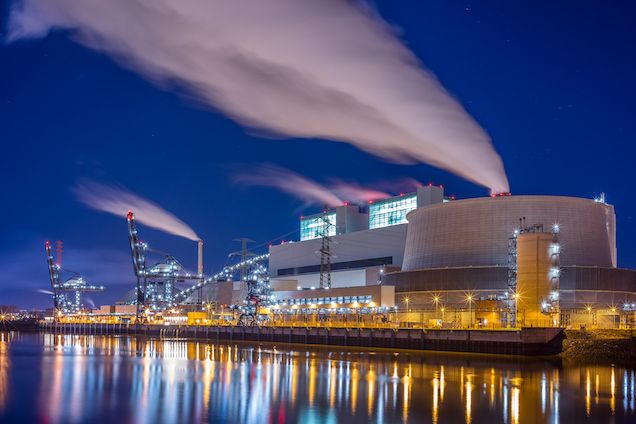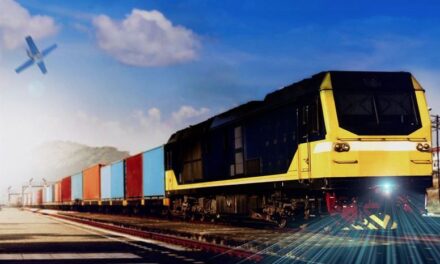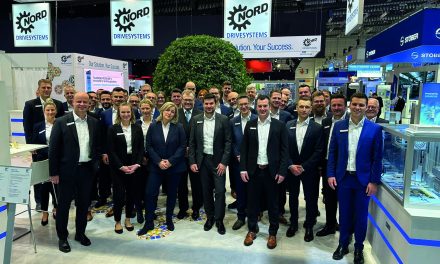Data from the International Energy Agency (IEA) shows that global CO2 emissions from energy use and industry have grown again this year. Looking ahead to 2024, KBR conclude that energy companies are at a pivotal moment in the global energy landscape, as they attempt to meet ambitious carbon reduction targets. To make ambition into reality, KBR is calling for greater collaboration and investment in technology and engineering-based solutions to support the energy transition.
The increasing pace of global CO2 legislative changes underscores the urgent need for what Kent Massey, Global Head of Consultancy at KBR, refers to as ‘doing the engineering hard yards’ – the detailed asset-based engineering solutions essential for effective decarbonisation.
“The rapidly evolving landscape of CO2 legislation – started by the Paris Agreement, the introduction of the Inflation Reduction Act and the European Carbon Border Tax – are redefining the approach to CO2 emissions,” said Massey. “At both country and company level, there is increasing discrepancy between the aspirations of companies to reduce carbon emissions and the practicalities of achieving these goals within the committed time frames. This leads to a widening gap between high-level commitments and the emerging on-ground realities of decarbonisation, necessitating a more detailed approach in engineering and technology implementation.”
The UN’s latest Emissions Gap report finds that there has been progress since the Paris Agreement was signed in 2015. Greenhouse gas emissions in 2030, based on policies in place, were projected to increase by 16 per cent at the time of the agreement’s adoption. Today, the projected increase is 3 per cent. However, predicted 2030 greenhouse gas emissions still must fall by a further 28 per cent for the Paris Agreement 2°C pathway and 42 per cent for the 1.5°C pathway. According to Massey, stronger implementation of technology and engineering is crucial to address the challenges involved in meeting emissions targets.
“The challenges of decarbonisation, though significant, are solvable with the right approach. Through meticulous planning, strategic resource allocation, and effective implementation, we can bridge the gap between aspirations and practical solutions. This is achievable by effective communication of engineering and technology insights into company decision-making processes alongside new governance and reporting structures.
“An engineering and technology-led approach, involving actual emissions reporting and data modelling effectively surpasses traditional methods, often dominated by accountancy perspectives.
“The industry must proactively adapt to legislative changes to better align with social pressures. The transition to a low-carbon economy for example, is essential, but comes with significant financial implications where delays in decision making compounds cost.”
The growth in global CO2 emissions from energy use and industry is accelerating the transition away from fossil fuels , with the IEA’s World Energy Outlook 2023 predicting an unprecedented increase in renewable energy capacity.
“These trends highlight the importance of an engineering and technology-led approach,” concluded Massey. “The shift towards renewables is a clear indicator of where our focus needs to be . Our role in this transition is to provide innovative, practical solutions that align with these global shifts.
“2024 is set to be a pivotal year as we continue the journey to decarbonisation. Leveraging our expertise in both advising and implementing, KBR is well-positioned to provide the essential services for efficient asset transformations, thereby playing a pivotal role in bridging the gap between aspirations and on-ground realities in the industry’s transition to a sustainable future.”
To learn more about KBR, visit: www.KBR.com



